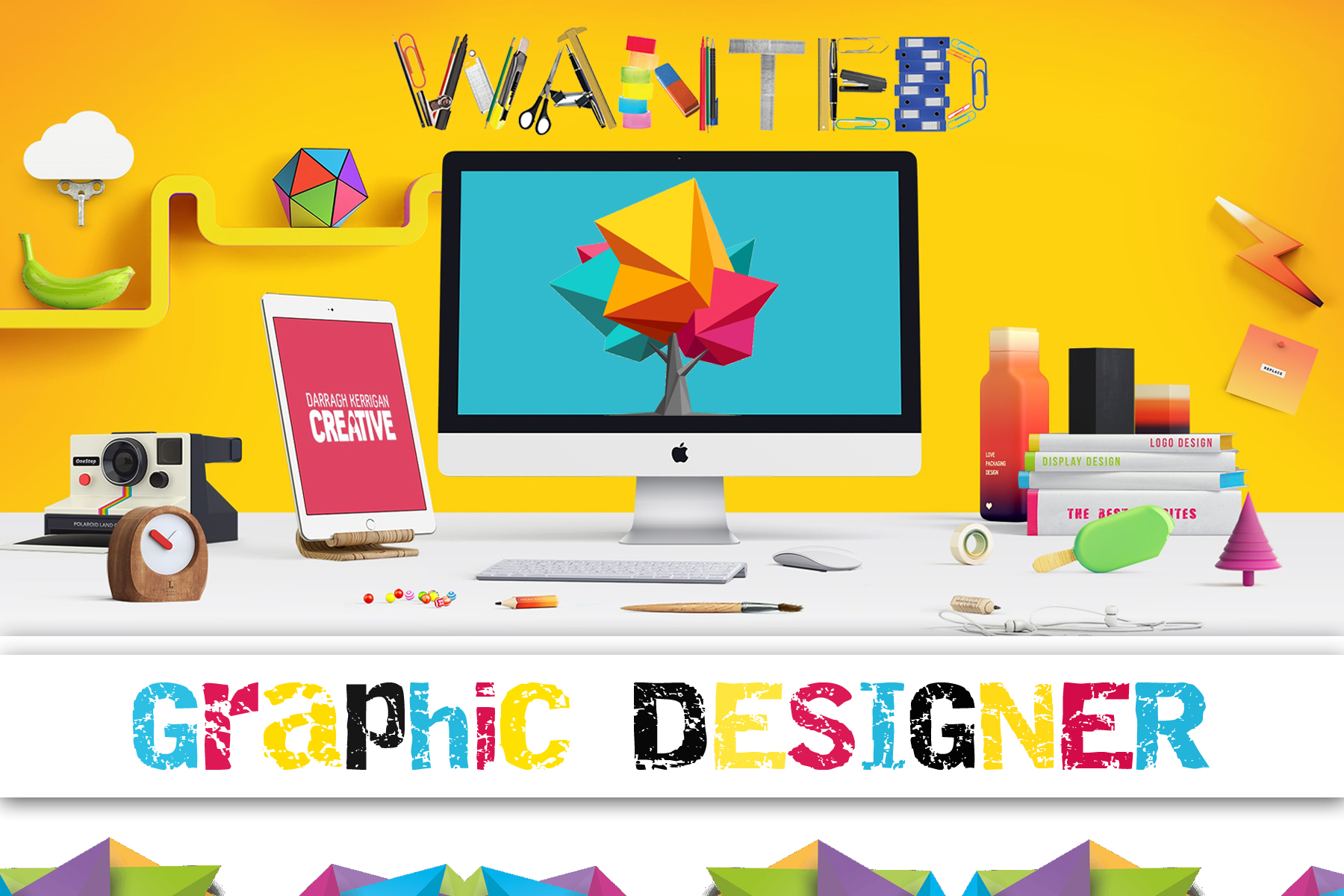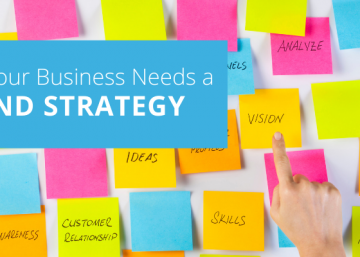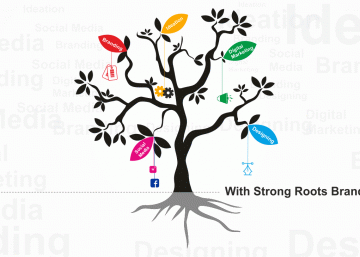Introduction
 Graphic Designing is a very well-paying and highly sought after skill area for multiple business streams today. Gone are the days when graphic designers used to be employed in design agencies alone. Today, it is not uncommon to see major corporations have their own design units where their own roster of graphic designers has an active and challenging role. Graphic designing needs a set of cognitive, technical, analytical and creative skills that function in certain typical parameters to make up a great graphic designer. As a graphics designer today, you would also need to inculcate many personality skills that lean towards critical thinking and inquisitiveness blended in an attitude of team-work. Then, there is also a growing need to be updated about industry trends and design practices. And, nowadays there are so many best graphic companies which are paying a good amount to their Designers. Let us take a deeper look at these skills, to nurture a blazing career as a graphic designer.
Graphic Designing is a very well-paying and highly sought after skill area for multiple business streams today. Gone are the days when graphic designers used to be employed in design agencies alone. Today, it is not uncommon to see major corporations have their own design units where their own roster of graphic designers has an active and challenging role. Graphic designing needs a set of cognitive, technical, analytical and creative skills that function in certain typical parameters to make up a great graphic designer. As a graphics designer today, you would also need to inculcate many personality skills that lean towards critical thinking and inquisitiveness blended in an attitude of team-work. Then, there is also a growing need to be updated about industry trends and design practices. And, nowadays there are so many best graphic companies which are paying a good amount to their Designers. Let us take a deeper look at these skills, to nurture a blazing career as a graphic designer.
Analytical and observational skills

 Design Analysis Skills: A graphic designer must objectively analyze a piece of design and form well-justified arguments about what makes that design good or bad. The 10 principles of heuristic design are a must-know for every graphic designer out there. These principles help you to pick apart any web-page or application or even a real-world product to find out and convey its design issues.
Design Analysis Skills: A graphic designer must objectively analyze a piece of design and form well-justified arguments about what makes that design good or bad. The 10 principles of heuristic design are a must-know for every graphic designer out there. These principles help you to pick apart any web-page or application or even a real-world product to find out and convey its design issues.- Color Observation Skills: A good graphic designer must have a keen eye for the way colors work. This goes beyond color theory and is purely an observation-based trait that can be developed. This color sensitivity should be developed keeping various cultural preferences in mind.
- Process Observation Skills: Any designer should be adept at figuring out a business process from plain observation. This skill helps you to decode a context quicker and know which important touchpoints are in the system that you should focus on.
Design and creative skills
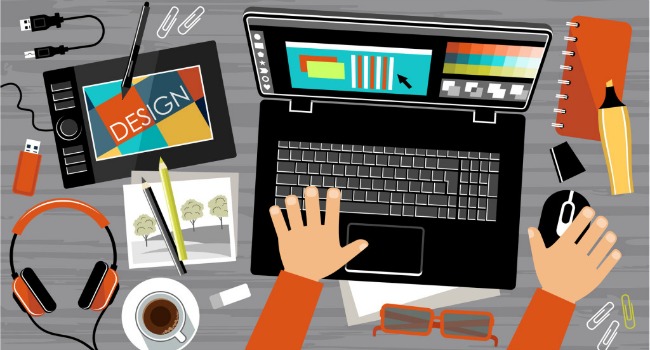
- User Research Skills: A graphic designer must be adept at conducting stakeholder interviews to understand what is really needed and what business problem needs solving. Although business analysts engage in this, a designer can also develop these skills.
- Persona Building Skills: Creating personas is a very popular method of crystalizing the knowledge about the user base. A graphic designer should be able to create personas based on user research and attach intelligent stories to them.
- Wire-framing Skills: A graphic designer can also venture into the more generic field of user experience by learning how to create wire-frames for web pages from user inputs and the requirements. Wireframes are the perfect place to tweak the design at an early stage.
- Visual Design Skills: The principles of visual design makes up the bible for any graphic designer. The basics of visual design involve color theory, knowledge about light and cool colors, using palettes and knowledge about iconography and typography.
- Updating Skill Base Constantly: A designer must follow the latest design trends, the talks delivered by leading designers and follow the work of design leaders. This is very important as the design arena is ever-changing.
- Creative Thinking: A graphic designer must employ creative thinking to craft artifacts that go a bit outside the rules while obeying the basic tenets of design. Creative thinking helps differentiate true graphic talent and this can also be developed with practice.
Managerial skills
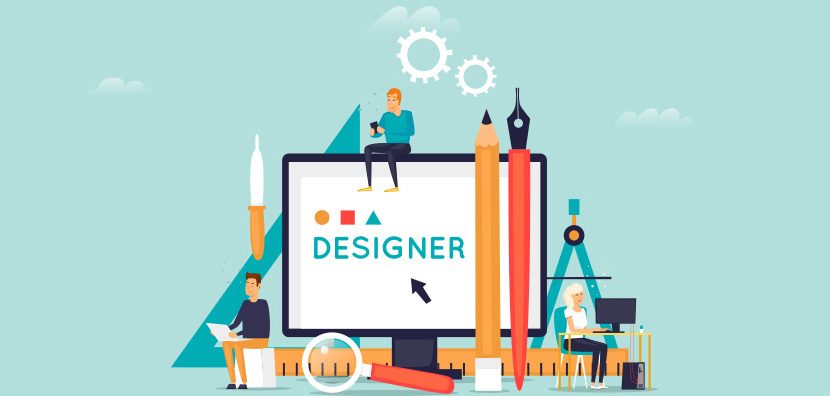
- Time Management Skills: Designers are infamous for not obeying deadlines. That kind of attitude is a strict no-no for the business world and as a graphic designer, you can display great professionalism by managing your tasks effectively and meeting deadlines.
- Communication Skills: A graphic designer needs to liaise with different people across their own and the
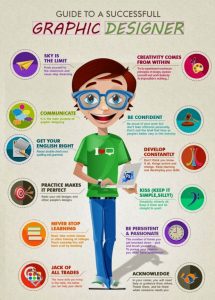 client’s organization to do their work. This calls for good communication skills (not language skills) both in the oral and the written format.
client’s organization to do their work. This calls for good communication skills (not language skills) both in the oral and the written format. - Teamwork: A graphic designer has to work in a team of interaction designers, copywriters, usability testers and developers. There are even more stakeholders outside their immediate teams. This means you need to be a great team player to be an effective graphic designer.
- An Organized Approach to Work: Your approach to work must be organized and predictable. No one likes a designer whose work quality cannot be predicted. By being organized and disciplined at your work, you can inspire confidence amongst your stakeholders.
- Process Adherence: Design is an elaborate process. The more a designer adheres to the process, the better the team functions and hence, better results are observed. A graphic designer must understand the processes of design and obey the rules and constraints brought by them.
Software skills

- Photoshop or Corel Draw Skills: Photoshop or Corel Draw skills (or similar graphics editing skills) form the bread and butter for any graphic designer. You must be aware of the latest features in your chosen graphics editing software and be well versed with the functions of it.
- Sketch or Visio Skills: Sketch and Visio are also becoming very popular today for wire-framing and Sketch also allow for the visual design to happen. It is important to pick up on these emerging tools to stay relevant in this competitive market.
- Task management software skills: Many companies use some sort of task management software like Microsoft TFS or Trello or Rally. As a graphics designer, you need to know the basics of how task management software work so that you can update your efforts and tasks accordingly without needing anyone’s help.
